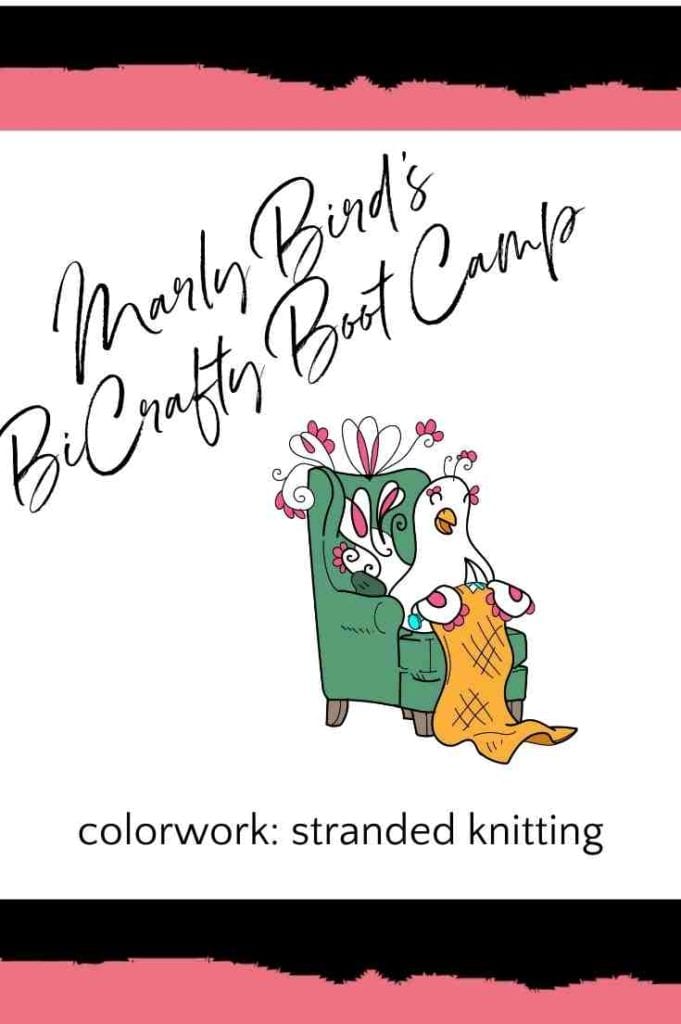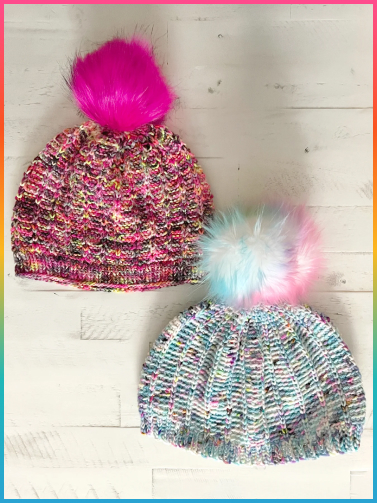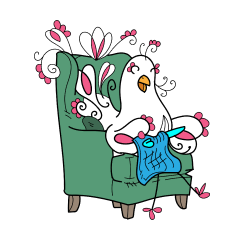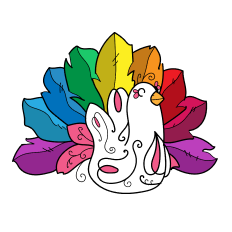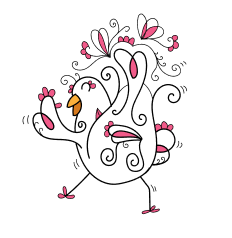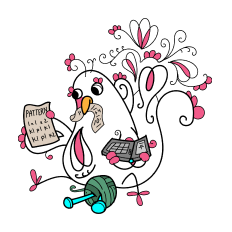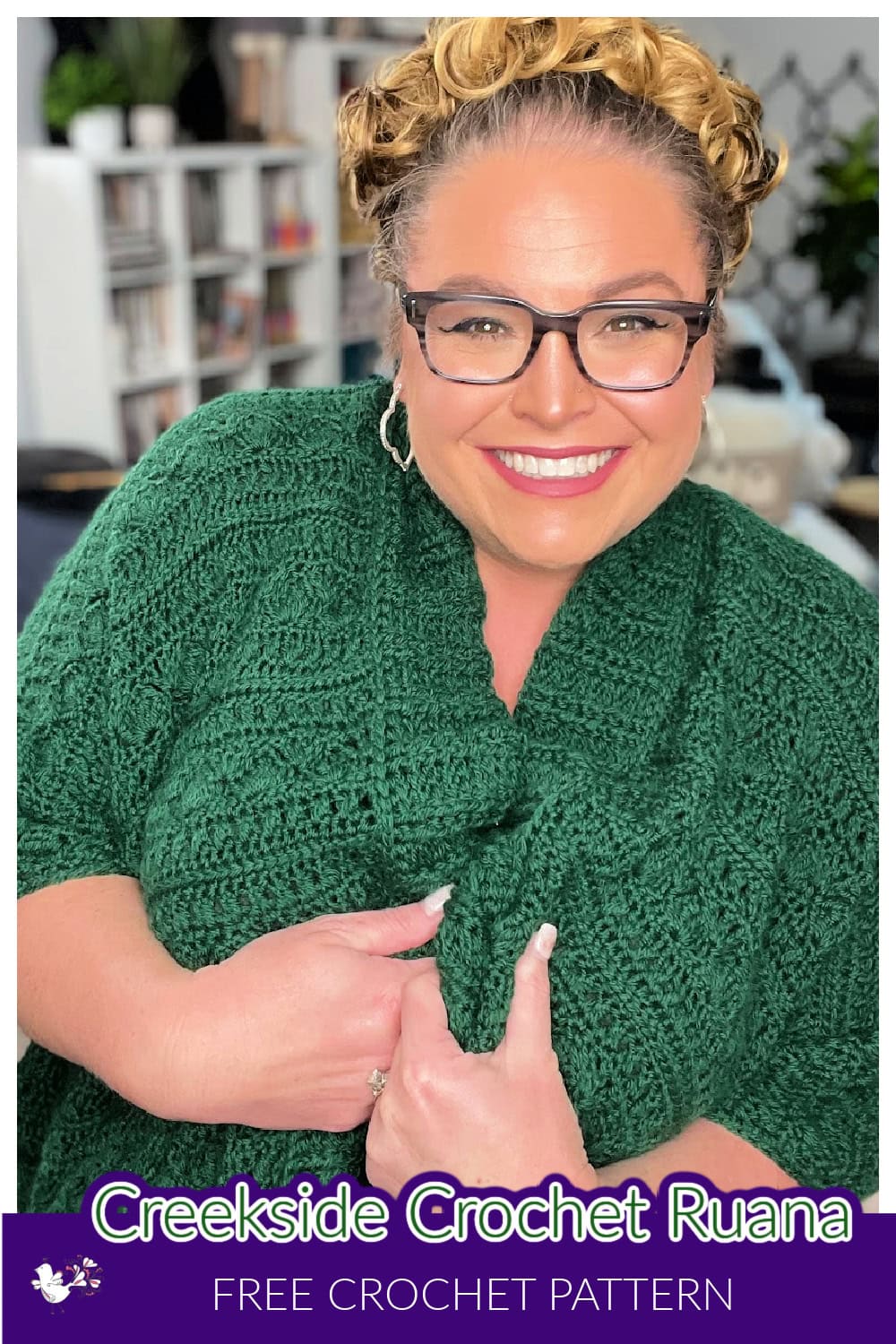BiCrafty Bootcamp Complementary Hat || Stranded Knitting (Lesson 12 continued)
It’s time for the next part of BiCrafty Bootcamp knitting lesson 12. You have already worked the BiCrafty Bootcamp Complementary Hat pattern past the Latvian Braid. Awesome! Now, you are ready for some simple stranded knitting colorwork. This will form the next section of the hat.
What Is Stranded Knitting?
This technique is our introduction to colorwork in knitting. Of course, you might already have incorporated playing with color into your knitting. After all, we learned how to change colors in knitting way back in lesson four when we learned to how to knit stripes. You might have opted to change colors for each section of the knit cowl. However, stranded knitting is more than just changing colors – it’s a true colorwork technique.
In this technique, you change colors within the same row. So, instead of creating stripes, you’re creating a pattern with color. Although you can work with multiple colors, stranded knitting usually uses two colors per row. Since the Latvian braid we added to the hat is also worked in two colors, this color technique is a great next step for this knit hat pattern.
What Are Floats in Knitting?
Stranded knitting is so-called because you carry the unused color behind the work creating a “strand” of color there. Those strands are also called floats. Sometimes you’ll need to tuck your floats as you knit. Learn more about this here. This is one of the major things people learn in knitting colorwork, so you’re truly more than just a beginner knitter now!
Is Stranded Knitting the same as Fair Isle?
Stranded knitting is a form of colorwork. There are many different types of knit colorwork, most of which use this technique. Not all of them do, however. For example, intarsia knitting is a colorwork technique that does not use stranded knitting. Fair Isle, on the other hand, does use this colorwork technique. However, Fair Isle is a very specific colorwork technique. It’s a specific type of pattern that comes from the Fair Isle region, thus the name. So, yes, Fair Isle uses stranded knitting … but not all stranded knitting is a Fair Isle pattern. All squares are rectangles but not all rectangles are squares.
BiCrafty Bootcamp Complementary Hat || Stranded Knitting Instructions:
The stitch multiple repeat for this part of the hat is 6. Therefore, it is necessary for us to increase from 100 stitches to 102. Do this by working 2 M1’s (video for how to do a M1) at some point around the first round. (I go over this in the live teaching video below as well).
We’re going to work with a chart now:
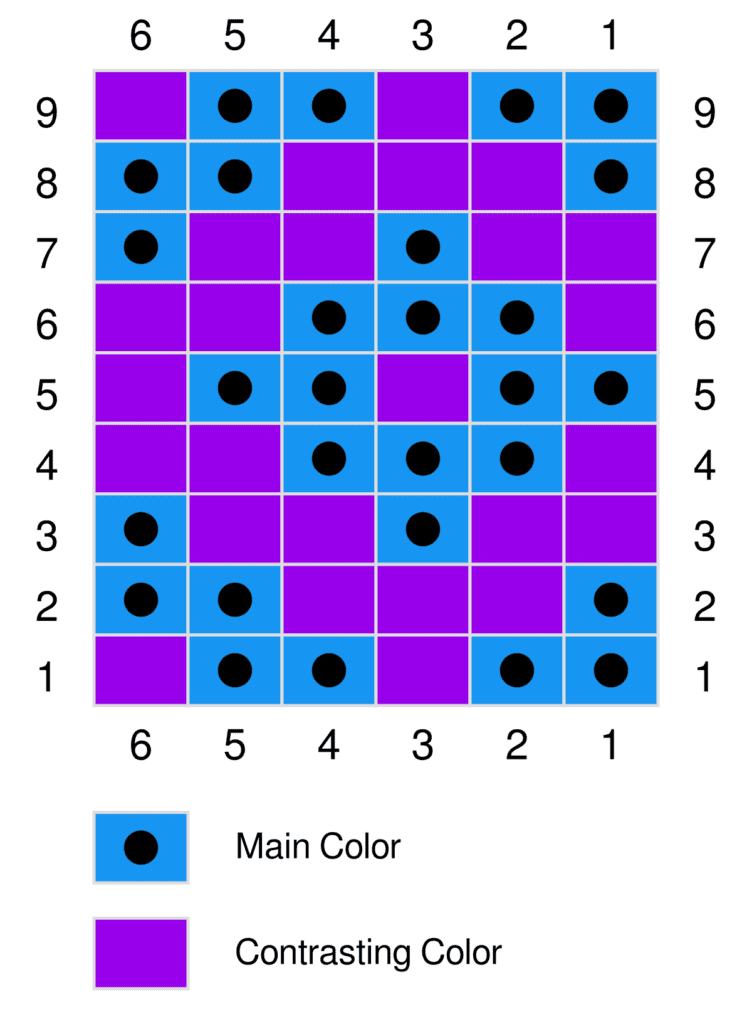
Continue with the following chart for this section of the hat.
- Read the chart from right to left.
- Each square of the chart represents a stitch in the repeat.
- Knit with the color identified in the square.
- Do NOT twist the yarn in this section! Hold the MC in the left hand (continental style) and the CC in the right hand (English style) when working the stranded chart.
Keep the floats of the color not in use loosely stranded along the back of the hat. Do NOT pull the floats too tight!
Drop contrasting color (CC) (do not cut.)
Next Round: With MC, knit around
This Week’s Video Lesson
Here’s the live video where I show you how to do the colorwork for this part of the knit hat project:

